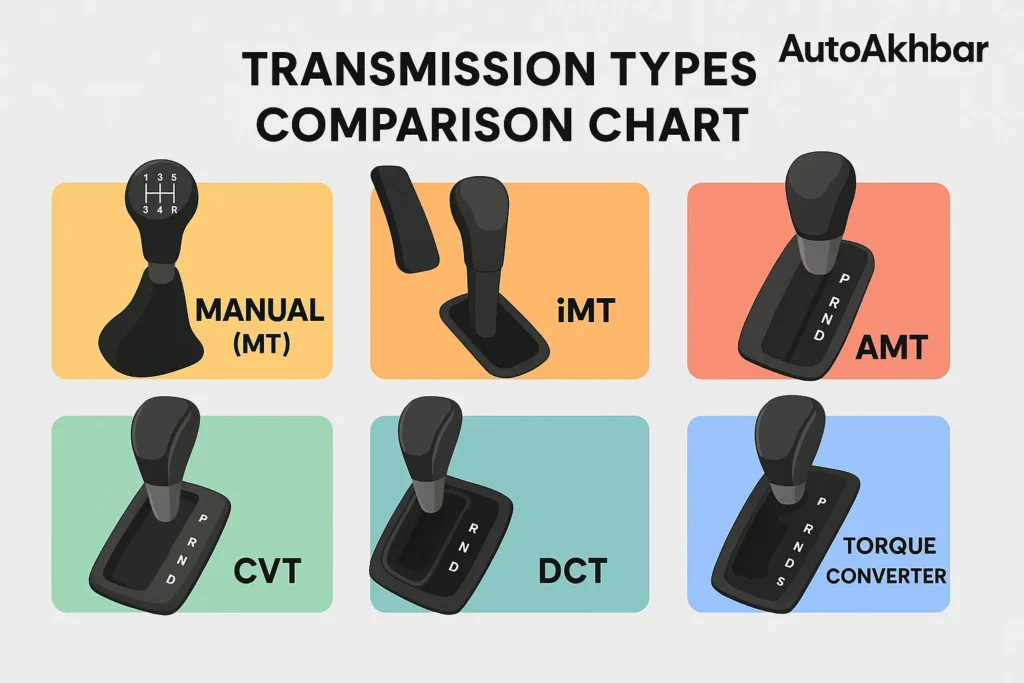Introduction: The Big EV Dilemma in India
If you own or plan to buy an electric scooter, rickshaw, or even a car in India, you’ve probably asked this question:
👉 “Bhai kya lun, Kis me fayda hai?”
With 26,000+ fast charging stations already live in India compared to just about 2,600 battery swapping stations, the debate is heating up. Fleet owners, delivery riders, and even policymakers are trying to figure out which is the smarter option for India’s price-sensitive and high-traffic EV market.
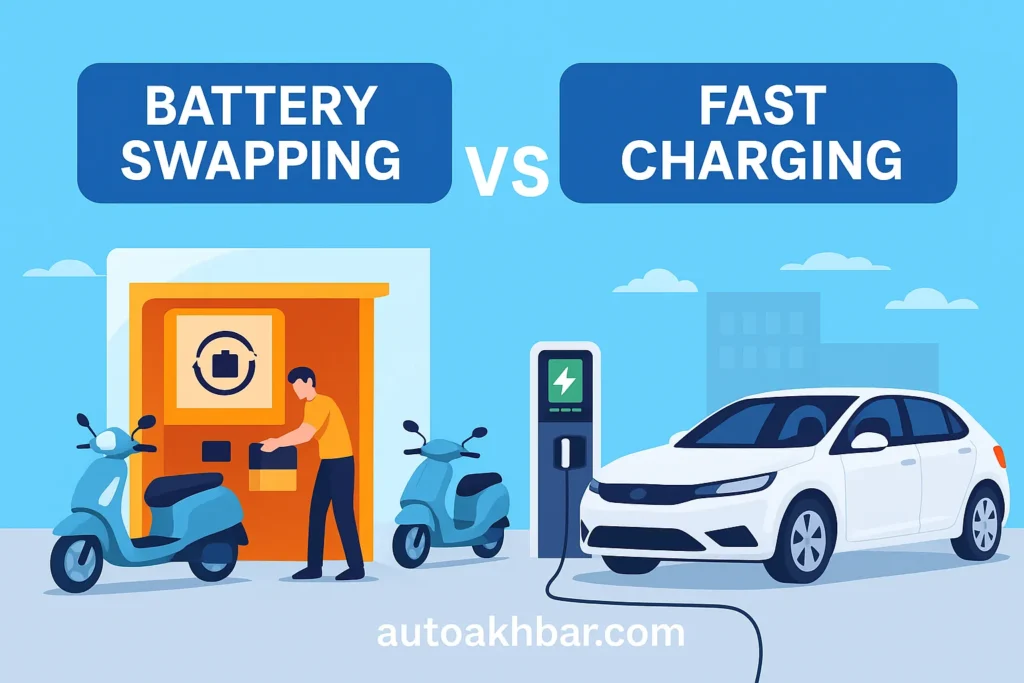
In this article, we’ll break it down in plain language — what’s the difference, how it impacts your pocket, and which option makes more sense in 2025.
Table of Contents
What is Fast Charging?
Fast charging is exactly what it sounds like — plug in your EV at a DC fast charger and get 100+ km range in 15–20 minutes.
- ✅ Pros: Growing network under FAME scheme, supported by Tata, MG, Hyundai. Flexible — charge at home, office, or public stations. Standardized (CCS2/Bharat DC).
- ❌ Cons: Limited coverage in smaller towns, expensive chargers, stress on local power grids.
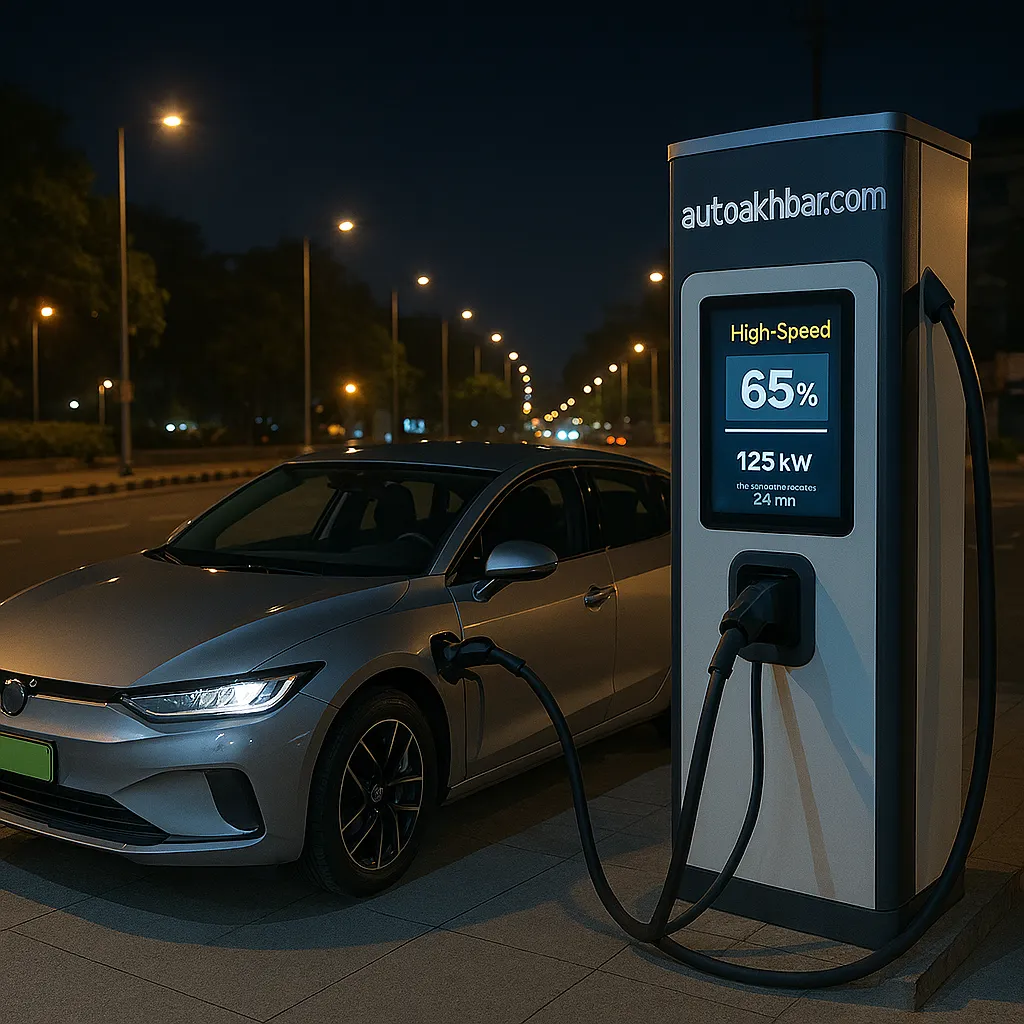
What is Battery Swapping?
Battery swapping flips the game: instead of waiting, you swap your empty battery for a fully charged one in just 3–5 minutes.
- ✅ Pros: Zero downtime, great for high-usage fleets like e-rickshaws or delivery bikes. New business models like Battery-as-a-Service (BaaS) make EVs cheaper upfront.
- ❌ Cons: Requires extra investment in spare batteries, interoperability issues (different OEMs = different battery sizes), limited swapping stations.
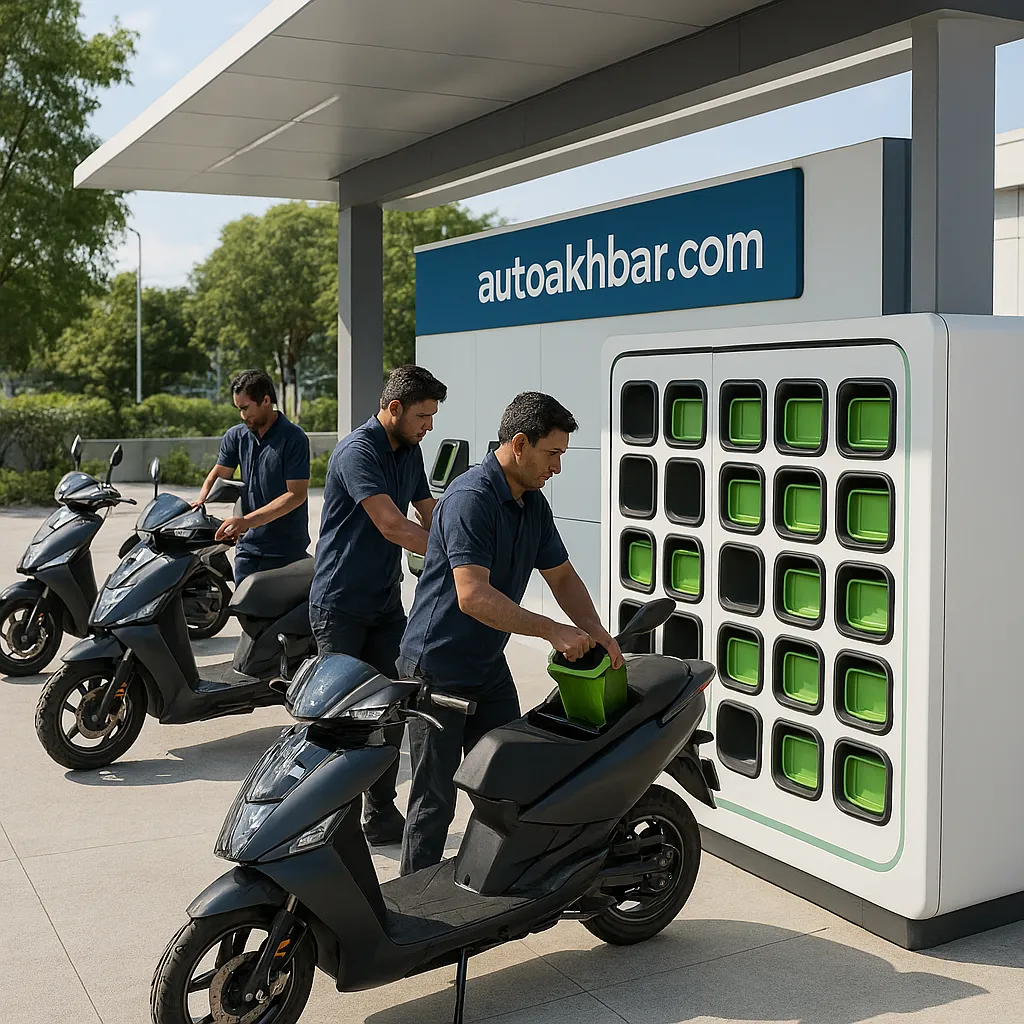
ROI Comparison: Fleet by Fleet 🚙⚡
| Vehicle Type | Best Option | Why? |
|---|---|---|
| 2-Wheelers (delivery bikes, scooters) | Battery Swapping | Saves time, higher uptime, lower TCO for high-mileage riders |
| 3-Wheelers (e-rickshaws) | Battery Swapping | 30% more earning potential with more trips per day |
| 4-Wheelers (taxis, private cars) | Fast Charging | Universal chargers (CCS2), more stations available, customer preference for plug-and-go |
| Buses | Mixed / Still Evolving | Swapping can cut downtime, but infra cost is massive; charging more practical for now |
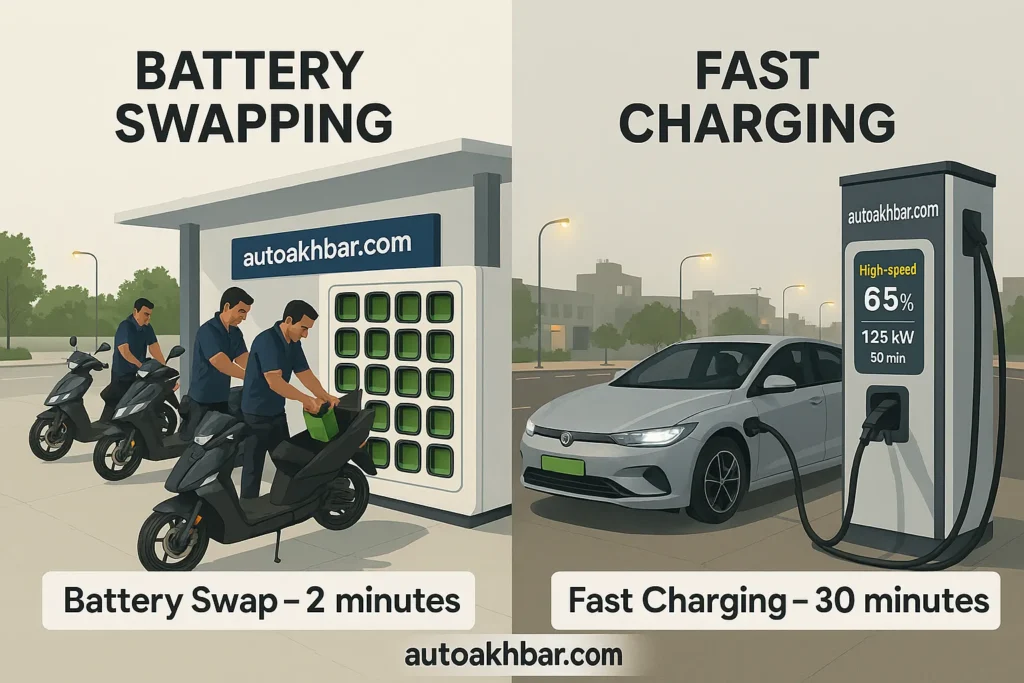
💡 Example: A Swiggy/Zomato delivery rider can earn 15% more per month by using swap stations (no waiting). But for a family EV car, paying for swap makes no sense — a fast charger at home or public station works out cheaper.
Infrastructure & Cost Implications
- Fast Charging Infra: Needs fewer batteries, but demands heavy-duty grid connections. Oil companies and malls are adding them fast.
- Battery Swapping Infra: Needs 1.5–2 batteries per vehicle. Big upfront cost, robotic swap stations, plus constant management of battery health.
NITI Aayog’s 2025 draft policy is pushing for standardized swappable batteries, but until then, networks remain “walled gardens” — you can’t swap Brand A’s battery at Brand B’s station.
LSI keywords: EV grid upgrades, swapping stations India, CapEx cost, NITI Aayog EV policy
Practical Challenges
- Fast Charging: Heat & battery stress if used daily, queues at peak times.
- Battery Swapping: Lack of universal compatibility, higher upfront CapEx, complexity in managing thousands of spare batteries.
Think of it like this: fast charging is like a common petrol pump — any car can fuel. Battery swapping today is more like a private fuel club — works only if you’re in their network.
Which Option is Best for India in 2025?
- For delivery fleets and e-rickshaws → Battery Swapping wins (time = money).
- For cars and personal EVs → Fast Charging wins (universality + convenience).
- For buses → Still a toss-up, depends on future government policy and infra rollout.
🚨 Reality check: Fast charging is scaling faster and cheaper in India. Swapping is still a niche solution, valuable only in dense, high-usage fleet operations.
Final Thoughts
The future of EVs in India is not either/or — it’s both.
- Fast charging will dominate highways, cities, and private EV ownership.
- Battery swapping will shine in last-mile fleets, e-rickshaws, and delivery vehicles where uptime is everything.
As of 2025, the smart bet for investors and policymakers is to focus on fast charging as the universal backbone, while supporting swapping where it delivers clear ROI.
👉 At AutoAkhbar.com, we’ll keep tracking how these two models evolve and which one truly powers India’s EV revolution.
FAQs Battery Swapping vs Fast Charging
What is the main difference between battery swapping and fast charging?
Battery swapping replaces the battery in minutes, while fast charging recharges the existing battery in 15–30 minutes.
Which is cheaper: fast charging or battery swapping in India?
For private owners, fast charging is usually cheaper. For fleets with high usage, battery swapping can be cost-effective.
Is battery swapping available for cars in India?
Currently, swapping is mostly available for scooters and e-rickshaws; four-wheelers depend on fast charging.
Does fast charging damage EV batteries?
Frequent ultra-fast charging can reduce battery life, but modern cooling systems and battery management reduce this risk.
Will India adopt a hybrid approach?
Yes. Fast charging for private EVs and highways, swapping for fleet and last-mile operations.

